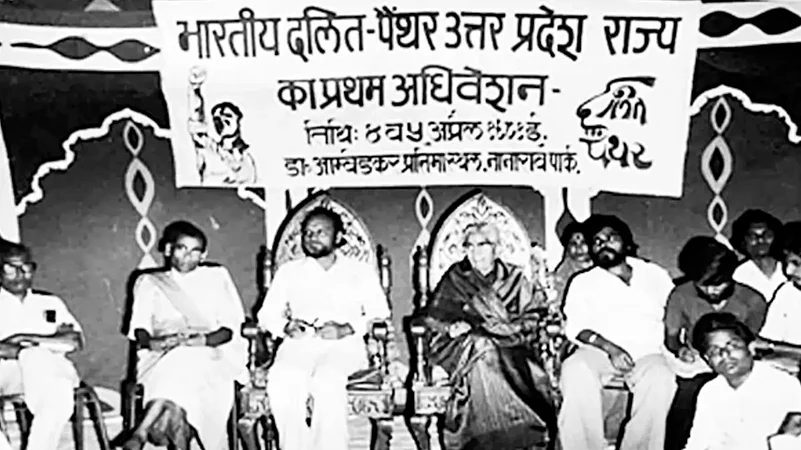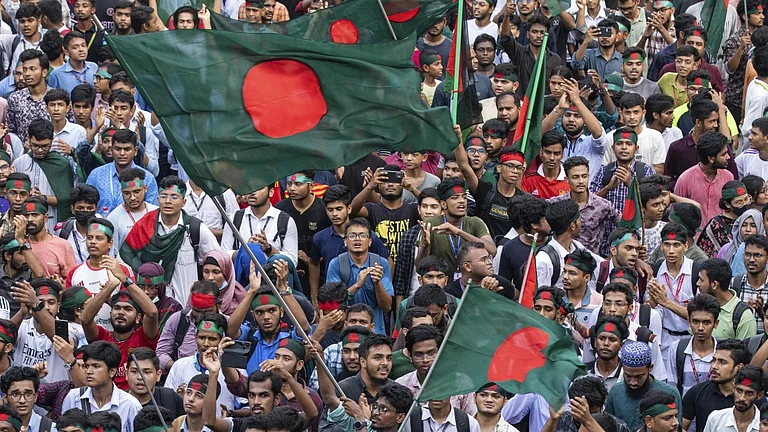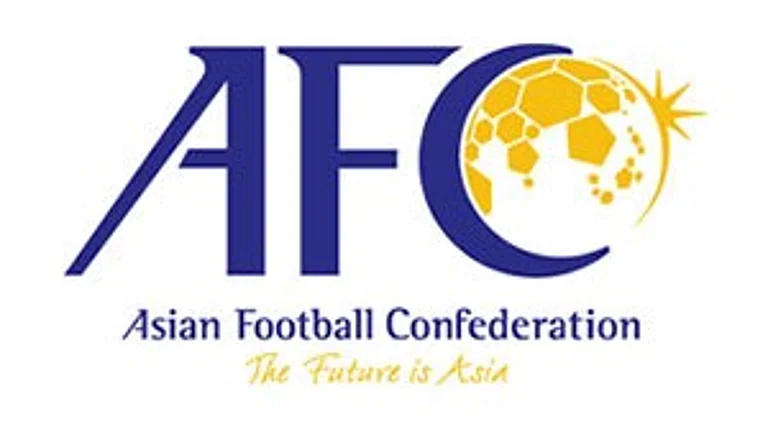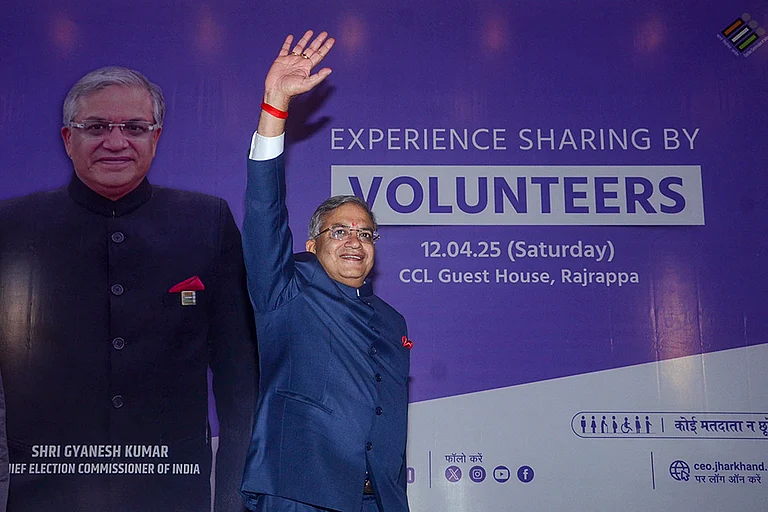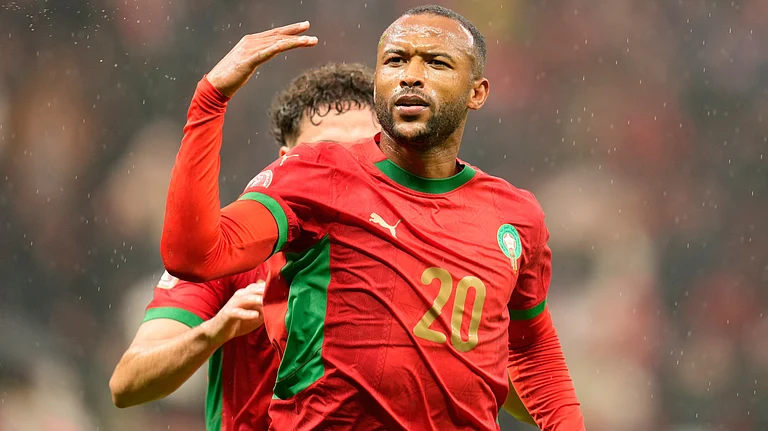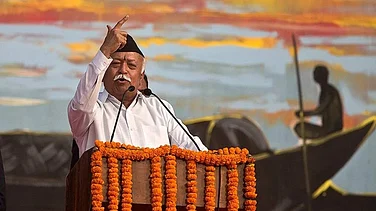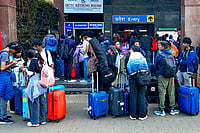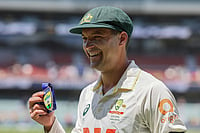This article traces the trajectory of the Dalit Panthers in Gujarat between 1972 and 2022. The unity and fury of Dalits in Mumbai against the Worli massacre in Mumbai in 1974 found hope in the form of Dalit Panthers. It caught the political imagination of the Dalit youth in Gujarat. The Dalit Panthers of Maharashtra were invited to Ahmedabad, Gujarat. The Dalit Panthers of Maharashtra also wanted to expand their party outside Maharashtra. The team of Dalit Panthers in Maharashtra started correspondence with the Dalit youth in Gujarat. The Dalit Panthers’ leaders Raja Dhale, Bhai Sangare and J V Pawar came to Ahmedabad on April 14, 1974 and organised a large procession to mark the birth anniversary of B R Ambedkar. Gujarat’s first Dalit Panther conference was held in the Cotton Mill area in Ahmedabad. Dalit Panthers leaders shared their opinion at the conference. Raja Dhale opined that “caste is responsible for the poor economic condition of Dalits”. J V Pawar said that “we have left old things for a new society. It is impossible to demolish caste without creating an equitable society”. Bhai Sangare said that “Gandhism is responsible for the poor situation of the Dalits. We have to bring Ambedkarism instead of Gandhism”. Many small meetings were held in small challis (neighbourhoods) in Ahmedabad. Many branches of the Dalit Panthers were opened in Gujarat. After this conference, Dalit activists of Ahmedabad and local Dalit leaders organised several public meetings to spread the ideals of the Dalit Panthers.
Two prominent Dalit leaders, Ramesh Chandra Parmar and Naran Vora of the Republican Party, were attracted to the Dalit Panthers and these leaders strengthened the foundation of the Dalit Panthers in Gujarat. These leaders worked to establish the reputation of the Dalit Panthers in Gujarat as a powerful and militant organisation. The party aimed to reach the remotest of villages and help the victims get justice.
The Republican Party of India (RPI) was working and active for social causes in Gujarat, and Parmar was active in the RPI movement and Dalit Panthers organisation. In the Jetalpur, (Ahmedabad) incident (1980), a Dalit youth, Shakrabhai, was burned alive due to a land conflict between Dalits and non-Dalits. The Dalit Panthers agitated against the Jetalpur atrocity. Due to the Dalit agitation and mobilisation against caste oppression—demanding justice for landless Dalits—the court punished the accused with life imprisonment.

The First Convention of the Dalit Panthers was held in Nagpur on October 23-24, 1974. The president of the Gujarat Dalit Panthers, Ramesh Chandra Parmar, inaugurated the convention. He criticised Gandhism in his speech. Thereafter, the Dalit Panthers started an agitation to abolish political reservations because they felt that Dalits were elected from reserved seats, but they were not loyal to their community.
Dalit literature began in Gujarat with the emergence of Dalit Panthers in Gujarat. Many poets, writers, and activists wrote poetry, short stories, novels, and autobiographies. Panther, a journal in the Gujarati language, was published by the Dalit Panthers in 1974 under the editorship of Parmar. He played a crucial role in the Dalit movement and social justice for the Dalits.
The decade of 1990-2000 witnessed terrible atrocities against Dalits in Gujarat. These incidents took place in Vasana (1990), Pardi, Kalodra, Jashapur and Muktipura (Navagam) (1991), Pransali and Vadodara (1992), Ukhlod and Tundel (1993) and Galodar, Kaparupur (1994). And these incidents—such as Sagpur, Kankanol, Sewani, Salatwado, Makhaniya, Sanand, Chandkheda, Vans Jaliya, Bhadaran, Sundarpura, Radhu and Kuntalpur (1995), Bhimpura and Jhanjharaka (1996), Rampur Kampa and Jejad (1997)—were torn by violence against the Dalits. Thousands of atrocities such as murder, rape, assaults, land grabbing and social boycott took place against the Dalits. Wherever such injustice arose, the Dalit Panthers leader, Parmar, visited the sites and ushered the call for justice. He advocated for the rights of the Dalits.
Parmar would remind the people that Ambedkar had come to Ahmedabad when he was 10-12 old. Parmar’s father was then working in a mill and was also active in the Ambedkarite movement. Ambedkar was invited for a meal and his mother cooked rotli and shak for Ambedkar. Ever since, Parmar was sensitive to social injustice against Dalits. Parmar’s stand was clear. He would often tell the audience: “We are not always violent. We are victims of violence. We have never been violent against anyone, but we will fight against violence.” Under the leadership of Parmar, many meetings, agitations and demonstrations were held.
Dalit Panthers is still an active force in Gujarat. During the Una flogging incident, the Dalit Panthers organised a dhikkar (protest) rally and announced a Gujarat bandh on July 19, 2016, under the leadership of Parmar. According to Raju Solanki, a social activist, the organisation had many limitations. Dalit Panthers existed only in a few states like Maharashtra, Gujarat, Punjab, and Karnataka. Except these states, there was no existence of Dalit Panthers. The Dalit Panthers could not become a Pan-Indian organisation because the Dalit literary movement only focused on atrocities and social awareness, and did not work on education, which was a big weakness of the Dalit Panthers.
Parmar passed away in 2016. His legacy has passed on to his grandson, Rahul Parmar. He is the president of the Bharatiya Dalit Panthers in Gujarat. In Gujarat, social awareness has developed among the Dalits after the Una anti-Dalit violence, but it does not manifest consistency in public spaces. Dalit consciousness has not extended beyond polemical assertion. Dalit’s disillusionment from Hinduism and caste-Hindus often resurfaces after their exposure to caste atrocities, motivating them to break away from the dominant caste culture. For example, the recent mass conversions in Balasinor town of Gujarat convey the dissolution of Hinduism from below. Also, cultural forms like Bhim Dayara and Bhim Jalsa catalyse to disseminate anti-caste culture to the new Ambedkarite community in the Saurashtra region of Gujarat.
In mainstream Gujarati culture, Garba (Gujarati folk dance) is popular. A Dalit boy, Jayesh Solanki, was beaten severely by oppressive caste groups for entering a local Garba pandal. The victim was taken to Anand Hospital, but he could not sustain the injuries and died. Bhim Garba is organised in response to such events of caste atrocities against Dalits. The new generation among the Dalits are re-asserting their identity after entering into the academic space. A poem written by Gautam Vegda, substantiates the sensibility developed by the Dalit Panthers of Gujarat. These lines speak of the current political tone: “…By times, there spouted sharper claws. Now that each claw exudes the pitch black ink, my paws reassert my right to walk, and the black marks illuminate the way. Now that I’ve blackened the previous marks, and we all sip water and rest on heights”.
Rajesh Lakum is with the St Xavier’s not-formal education society, St Xavier’s College Campus, Ahmedabad






